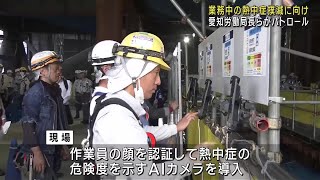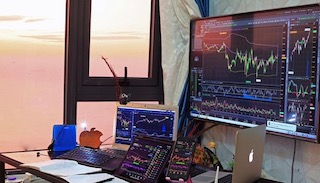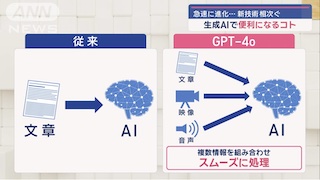Apr 09 (News On Japan) - Market timing is a strategy that involves buying and selling investments based on predictions of future price movements.
While it offers the potential for higher returns, it also comes with significant risks. Understanding the nuances of market timing and its impact on investment portfolios is crucial for investors looking to navigate the ups and downs of the financial markets. For comprehensive tools and analysis to optimize market timing strategies and mitigate risks, visit www.trader-ai.io
The Pros and Cons of Market Timing
Market timing, the practice of buying and selling financial instruments based on predictions of future price movements, has both advantages and disadvantages. One of the main benefits is the potential for higher returns than traditional buy-and-hold strategies. By accurately predicting market trends, investors can capitalize on price movements and increase their profits.
However, market timing also comes with significant risks. One of the biggest drawbacks is the potential for losses if predictions are incorrect. Market timing requires a high level of skill and knowledge, and even experienced investors can make mistakes. Additionally, the costs associated with frequent buying and selling, such as transaction fees and taxes, can eat into profits and reduce overall returns.
Another disadvantage of market timing is the emotional toll it can take on investors. Trying to predict market movements can lead to stress and anxiety, especially during periods of volatility. Emotions can cloud judgment and lead to impulsive decisions, which can be detrimental to investment portfolios.
Despite these drawbacks, market timing can be a valuable tool for investors when used correctly. By carefully analyzing market trends and economic indicators, investors can make informed decisions that can lead to significant profits. Market timing can also help investors manage risk by allowing them to adjust their portfolios in response to changing market conditions.
Market Timing Strategies
Market timing strategies are approaches used by investors to make decisions about buying or selling financial assets based on predictions of future price movements. These strategies can be broadly classified into two categories: technical analysis and fundamental analysis.
Technical analysis relies on the examination of past market data, primarily price and volume, to forecast future price movements. Chart patterns, such as head and shoulders or double tops, are often used to identify potential entry and exit points. Additionally, technical indicators, such as moving averages or relative strength index (RSI), can provide signals for buying or selling.
Fundamental analysis, on the other hand, involves evaluating the financial health and performance of companies or assets to determine their intrinsic value. This analysis considers factors such as earnings, growth potential, industry trends, and macroeconomic indicators. By analyzing these factors, investors can make informed decisions about when to buy or sell.
One common market timing strategy is trend following, which involves buying assets that are trending upward and selling assets that are trending downward. This strategy assumes that trends will continue in the same direction, allowing investors to profit from momentum.
Contrarian investing is another market timing strategy that involves buying assets that are currently out of favor with the market but have the potential for a turnaround. This strategy is based on the belief that markets tend to overreact to news and events, creating buying opportunities for savvy investors.
The Role of Timing in Investment Portfolios
Timing plays a crucial role in investment portfolios, influencing both short-term returns and long-term success. The timing of buying and selling assets can significantly impact portfolio performance, making it essential for investors to understand the role of timing in their investment strategies.
In the short term, timing can determine whether an investor realizes gains or losses on their investments. By buying low and selling high, investors can capitalize on market movements and increase their returns. Conversely, poor timing can lead to losses, as assets may be sold at a lower price than they were purchased.
In the long term, timing can also affect the overall performance of an investment portfolio. Investing during periods of market growth can result in higher returns, while investing during market downturns can lead to lower returns or losses. Additionally, the timing of withdrawals from a portfolio can impact its sustainability over time, especially during retirement.
Timing also plays a role in asset allocation, the process of dividing investments among different asset classes. By adjusting the allocation of assets based on market conditions, investors can manage risk and optimize returns. For example, during periods of economic uncertainty, investors may choose to increase their allocation to defensive assets, such as bonds, to protect against market volatility.
Conclusion
In conclusion, market timing can be a powerful tool for investors, but it requires a deep understanding of market trends and the ability to manage emotions. By carefully weighing the pros and cons and incorporating market timing strategies into a well-rounded investment approach, investors can better position themselves to capitalize on market opportunities while mitigating risks.














